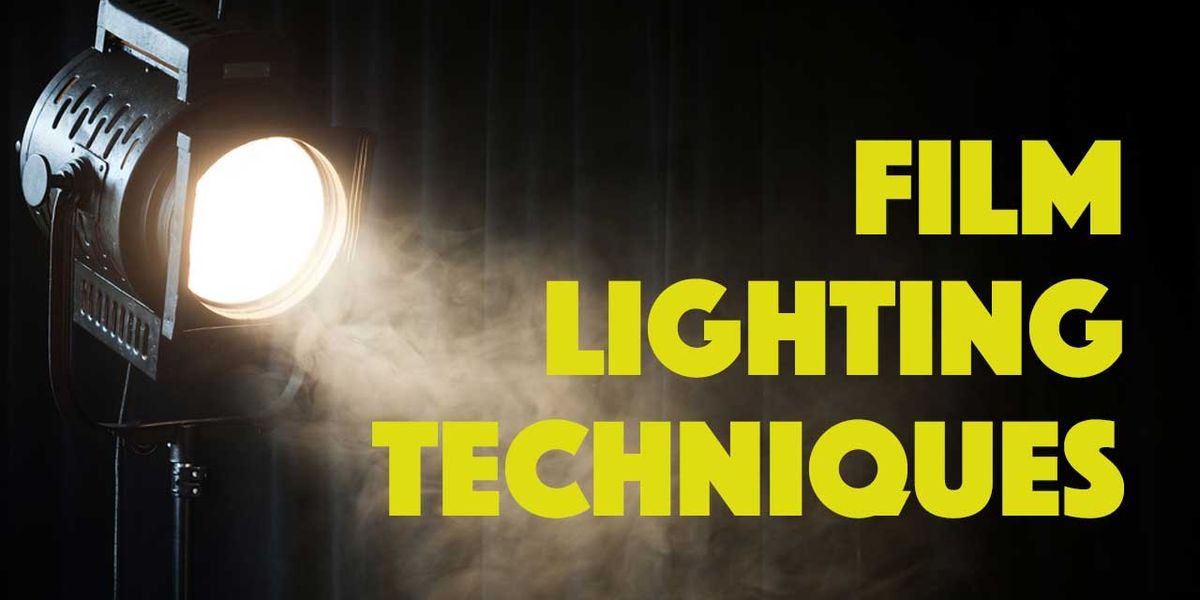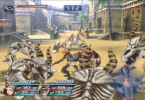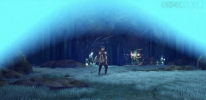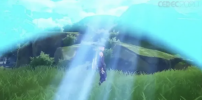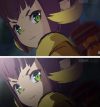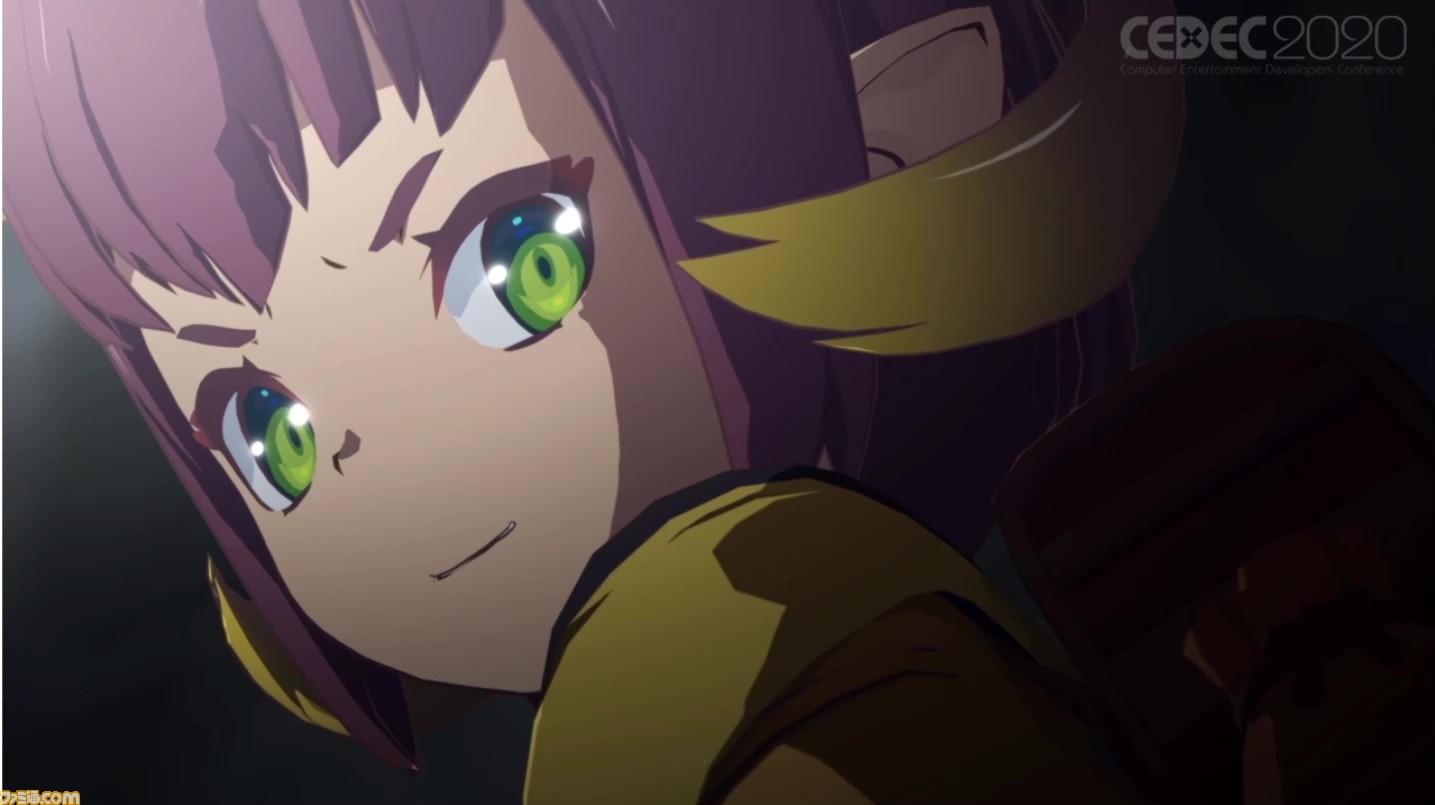I've wondered about some obvious lighting artifacts in prominent games, and would like to know what this issue/effect/"feature" is called. I've never seen a single person mention it, and I've looked.
First example is Bayonetta. By developer Platinum Games, they tend to create games with this poor lighting... thing (Star Fox Wii U).
Observe the top third of the screen being almost constantly lightened compared to the rest of the scene; see screenshots here for examples:
 sfx.thelazy.net
sfx.thelazy.net
Note it's not just in outside areas, but also during complete-black background sections where you learn moves. There the top third of the screen is red... Presumably to look angsty/blood-like.
Second example is more top-of-screen lighting "bleed" in Rogue Galaxy.
 www.google.com
www.google.com
If that's "depth of field fog", that looks pretty shitty. The areas without it look much clearer and better.
1. What is this artifact/intended effect called? Give me something to Google.
2. Who in their right mind thinks this looks better than simply not doing it? Why would anyone choose to smudge the lens?
First example is Bayonetta. By developer Platinum Games, they tend to create games with this poor lighting... thing (Star Fox Wii U).
Observe the top third of the screen being almost constantly lightened compared to the rest of the scene; see screenshots here for examples:
Mayonetta - Bayonetta
 sfx.thelazy.net
sfx.thelazy.net
Note it's not just in outside areas, but also during complete-black background sections where you learn moves. There the top third of the screen is red... Presumably to look angsty/blood-like.
Second example is more top-of-screen lighting "bleed" in Rogue Galaxy.
Rogue Galaxy – Hardcore Gaming 101
 www.google.com
www.google.com
If that's "depth of field fog", that looks pretty shitty. The areas without it look much clearer and better.
1. What is this artifact/intended effect called? Give me something to Google.
2. Who in their right mind thinks this looks better than simply not doing it? Why would anyone choose to smudge the lens?


